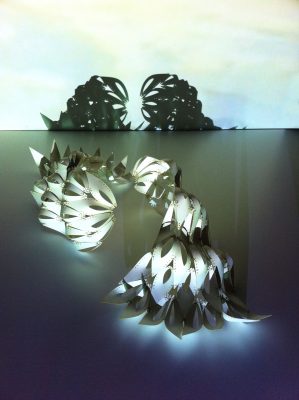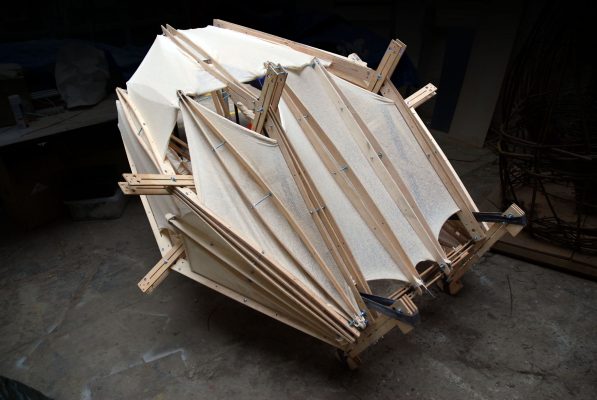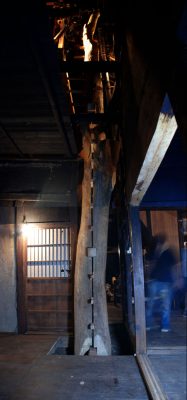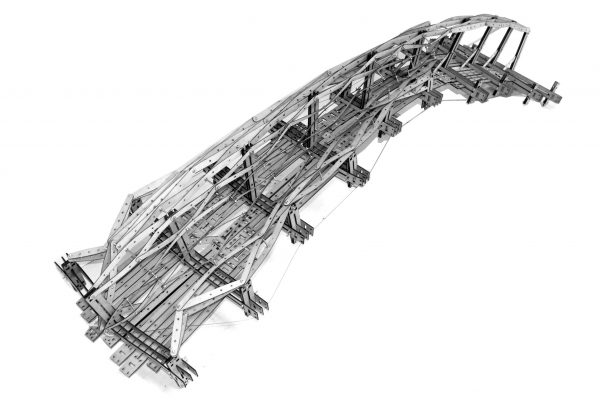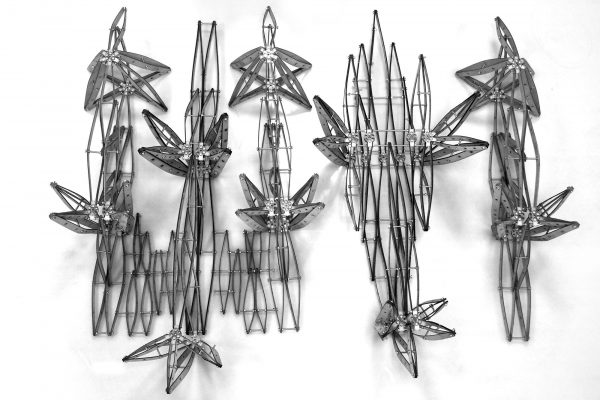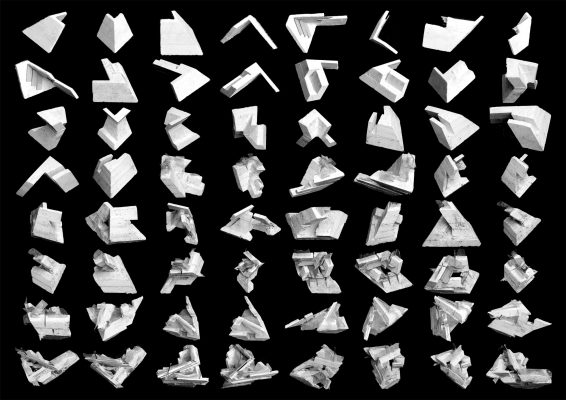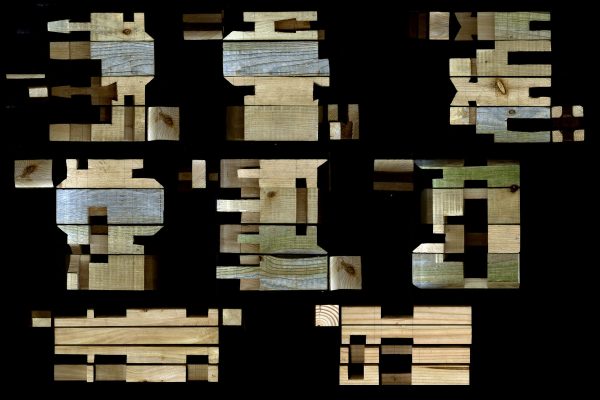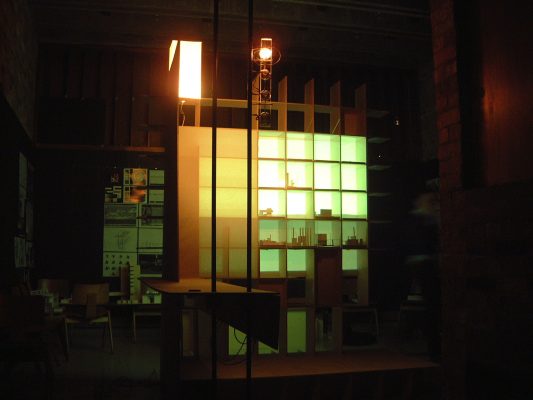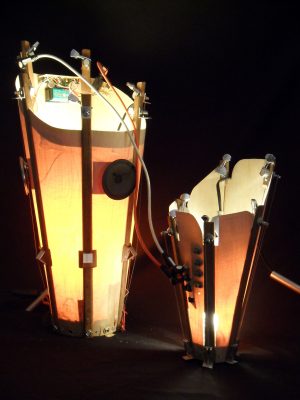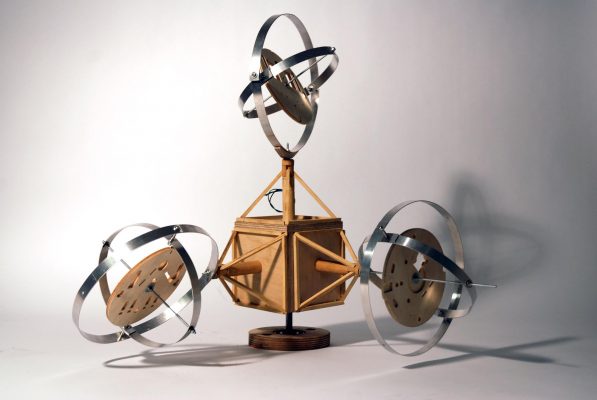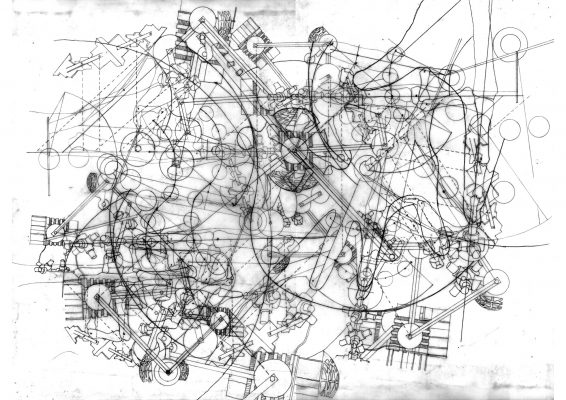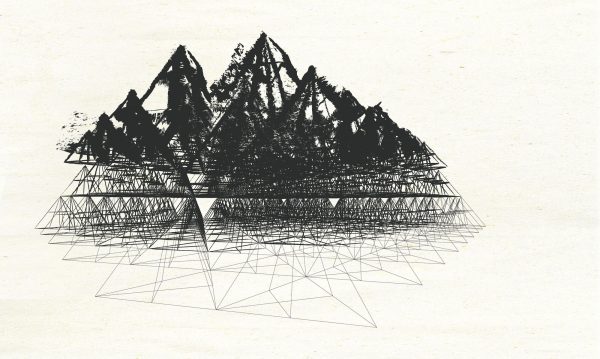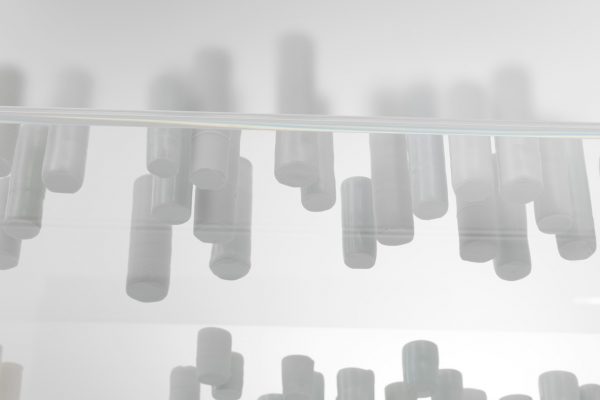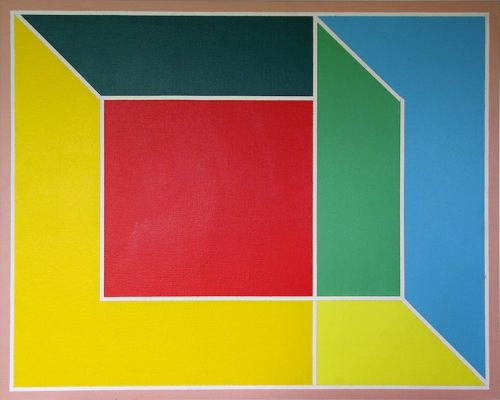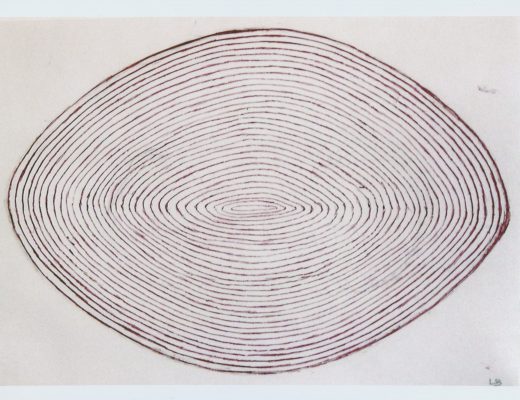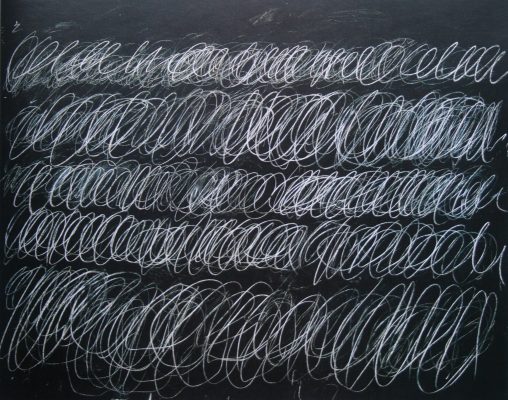These installations express the transience of our sensory world, the impermanence of form, and the artificiality of our environment. Progress in technology leads to a corresponding divide between our hyperlinked existence and an increasingly distant natural world.
Without fantasising about a post-industrial return to the land, this series proposes a network of evolutionary forms that act as a surrogate for nature. By using technology appropriate to each project, the slow interaction between the installations and their audience echoes our former relationship with the environment.
The work proposes what an installation can be, rather than what it should be. It draws on the idealism of utopia, but without grandiosity or dictatorial rules. The literal translation of utopia as ‘no-place’ suggests it has many parallels in digital culture, with computer engineers appropriating the terms ‘installation’ and ‘architecture’to make the non-space of data and information more tangible.
The projects combine digital and analogue media to translate the Baroque ‘total work of art’ (gesamtkunstwerk) into a form appropriate to our electronic age. To create these hybrid environments, the installations overlay a series of physical and virtual skins onto their surroundings. The entry into this world can be defined physically – by an enclosure, a quality of surface, a sculptural form, or a reversal of interior and exterior space; it can also be entered through a perceptual shift – a change in acoustics, the sensation of colour, a feeling of immersion, or an awareness of gravity.
This world-within-the-world can offer visitors the freedom to dream (and not merely the freedom to obey, as in utopia). In Paris, Walter Benjamin had similar places for waking reveries, zones populated by ‘the dream-houses of the collective: arcades, winter-gardens, panoramas, factories, wax museums, casinos, railroad stations.’ For us, these installations can augment our waking life with a zone of suspended disbelief – a space where we can synthesize the fragmented world outside.
